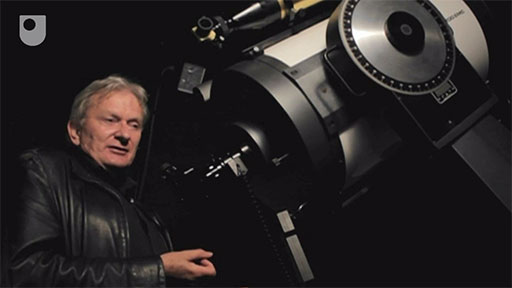2.5 Making plans for Titan
In the video Titan is referred to as the only moon with an atmosphere. In fact, the truth is that Titan is the only moon with a dense atmosphere. Neptune’s largest moon, Triton, also has an appreciable atmosphere. Triton is smaller than the Galilean moons of Jupiter, but with a surface temperature of only −235 °C it has been able to retain a thin atmosphere of 99% nitrogen plus traces of methane and carbon monoxide, with a surface pressure about one-fifty-thousandth of Earth’s (0.02 millibars or about 20 microbars). This may be miniscule, but it is enough to form clouds of tiny nitrogen-ice crystals at heights of a few kilometres, analogous to Earth’s cirrus clouds, which are made of tiny crystals of water-ice.
The Titan Mare Explorer (TiME) referred to near the end of the video was short-listed for development by NASA, but was dropped in favour of a Mars mission in 2012.
Use the downloadable table to compare some of the characteristics of Titan and Triton.

Transcript
[APPLAUSE]
